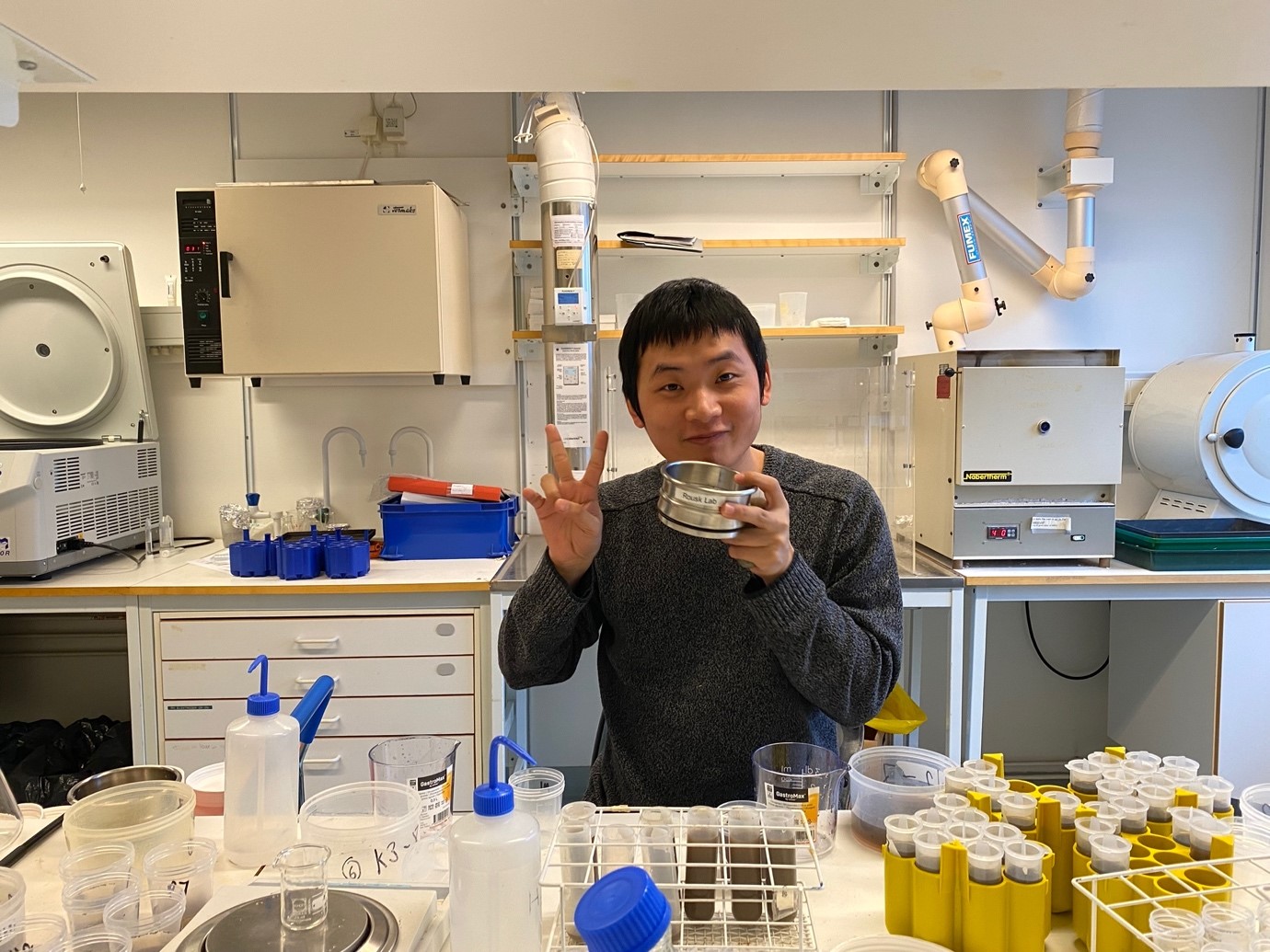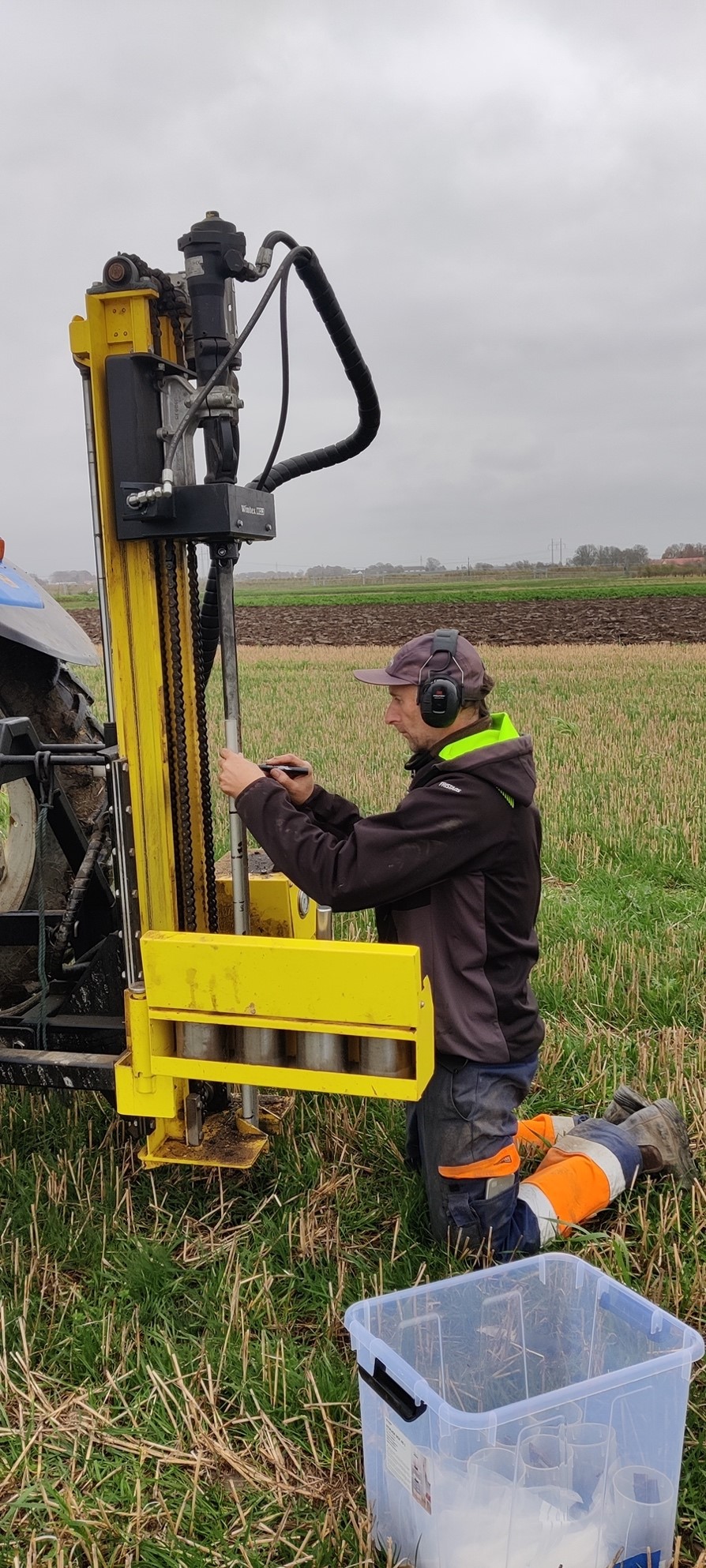The soil organic matter (SOM) reservoir is one of the largest pools of global carbon (C), with a powerful ability to regulate atmospheric carbon dioxide (CO2) concentrations. For that reason, ‘carbon farming’, or the active regulation of SOM pools through different management practices, has become one of the most tempting solutions for climate change mitigation. While there are good reasons to expect that agricultural soils can store large amounts of C, there are also major knowledge-gaps regarding the fundamental processes governing C sequestration.

One of the main areas of uncertainty is the fate of C in deeper layers of soil. In a recent meta-analysis, deeper soil layers hold on average 47% of agricultural soil organic C stocks. However, due to logistical challenges, deeper agricultural soil horizons below ploughing depth have rarely been studied, and most research has been restricted to the topsoil. In ecosystems dominated by perennial vegetation it has been shown that although the concentration of C is usually low in deeper soil layers, the total C stock below 20 cm often represents more than half the soil C. To date, nearly half the agricultural C stocks remain largely unassessed. Deeper soil layers contain C that has a significantly longer turnover time, in some cases up to thousands of years, whereas the topsoil mainly consists of young OM. Thus, not only do half the agricultural C stocks remain unassessed, it is also likely that they accumulate C, with power to mitigate atmospheric CO2.

In a newly launched project, a group of researchers from Lund University will attempt to close many of these pressing knowledge gaps, by assessing the outcome of the different farming practices conducted in the unique availability of comparable perennial and conventional agricultural practices of the SITES Agroecological Field Experiment (SAFE) at Lönnstorp Research Station. Supported by Formas, over four years, Johannes Rousk, Lettice Hicks, Albert Brangarí and David Wårlind, will investigate the potential that agricultural practices have to increase deep soil carbon stocks, while also improving mechanistic understanding of the processes that determine soil organic matter persistence. Specifically, the team will determine how agricultural paradigms with perennial crops (Kernza), supporting deep rhizospheres, can provide a means to both store C and maintain fertility. The team sets out to test fundamental soil science theory, and will attempt to optimize the contradictive ecosystem services of mitigating climate change by storing C while maintaining soil fertility. The hypotheses to be interrogated include 1) conversion to perennial agricultural systems with deep rhizospheres will increase soil organic matter contents (via “the microbial carbon pump”), increase the retention time of organic matter (increasing its persistence), and reduce the nutrient content (N and P) locked in the stored organic matter, 2) belowground root input in perennial systems will trigger a rhizosphere priming effect, resulting in recovery of nutrients (N and P) from SOM throughout the profile (<1m). The team anticipates that perennial systems can make agricultural soils mitigate climate warming by storing C, more resilient to indirect effects of warming (drought), and maintain a nutrient supply conducive for a sustainable agricultural productivity.
News item written by Johannes Rousk (Lund University)